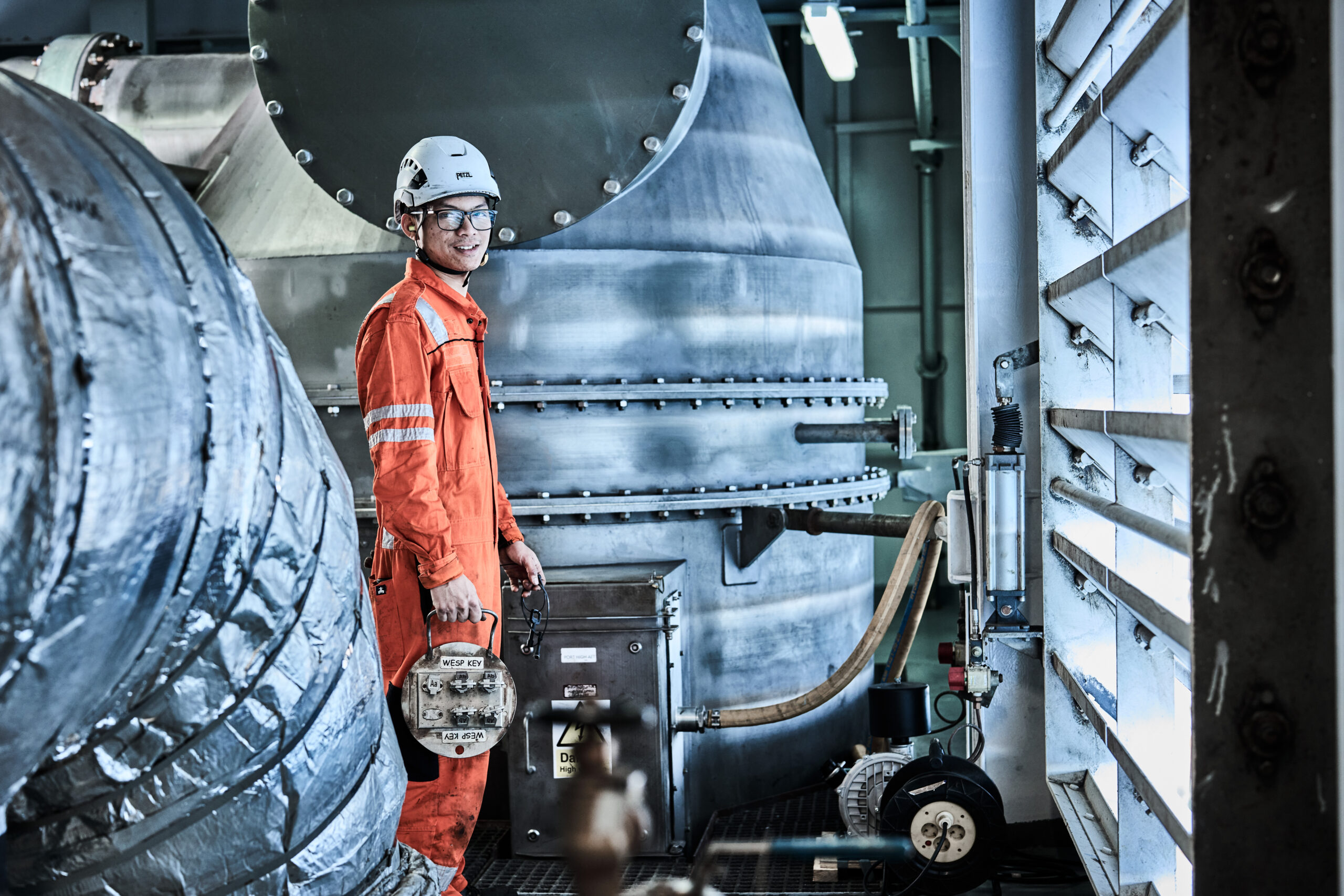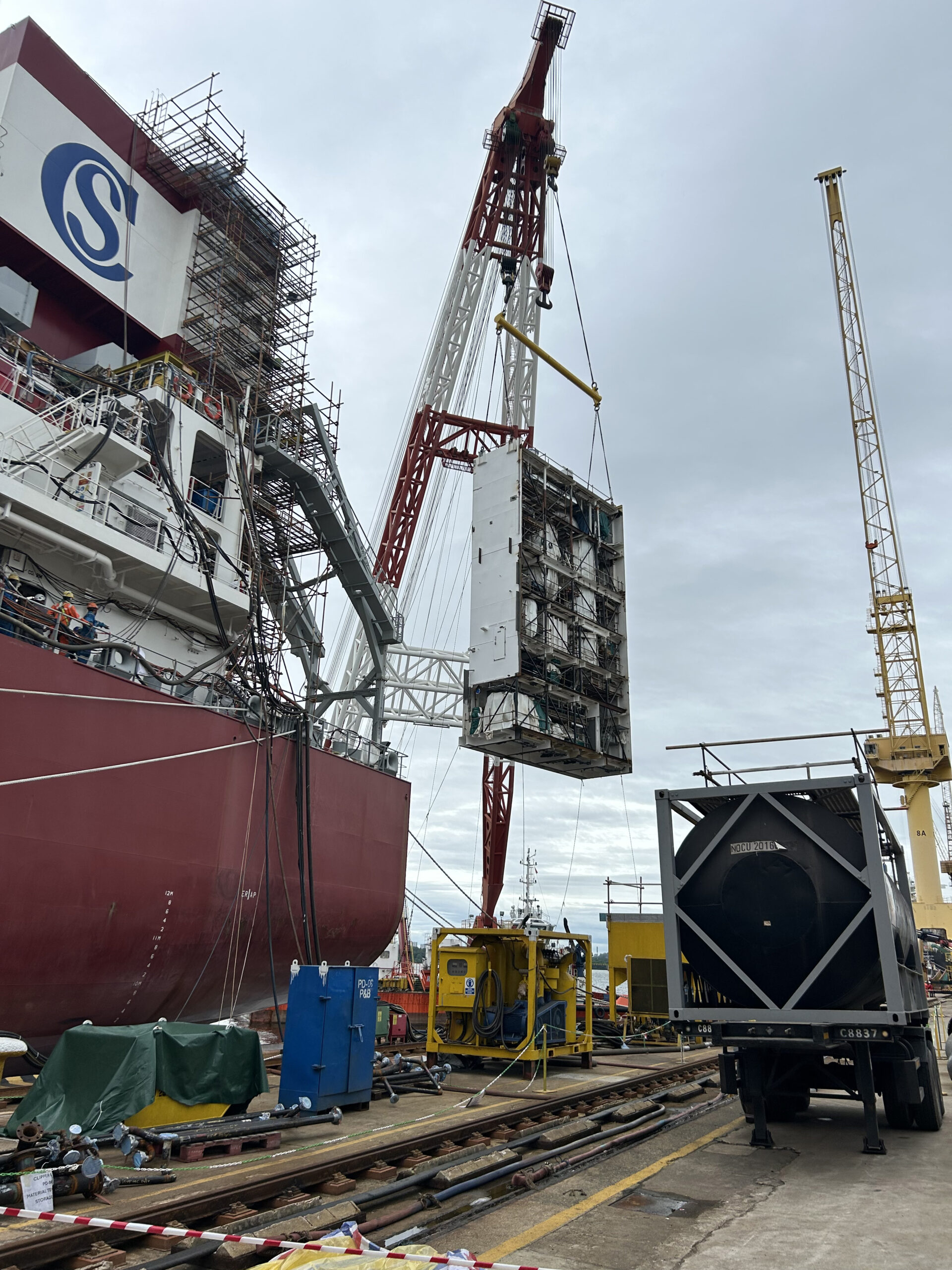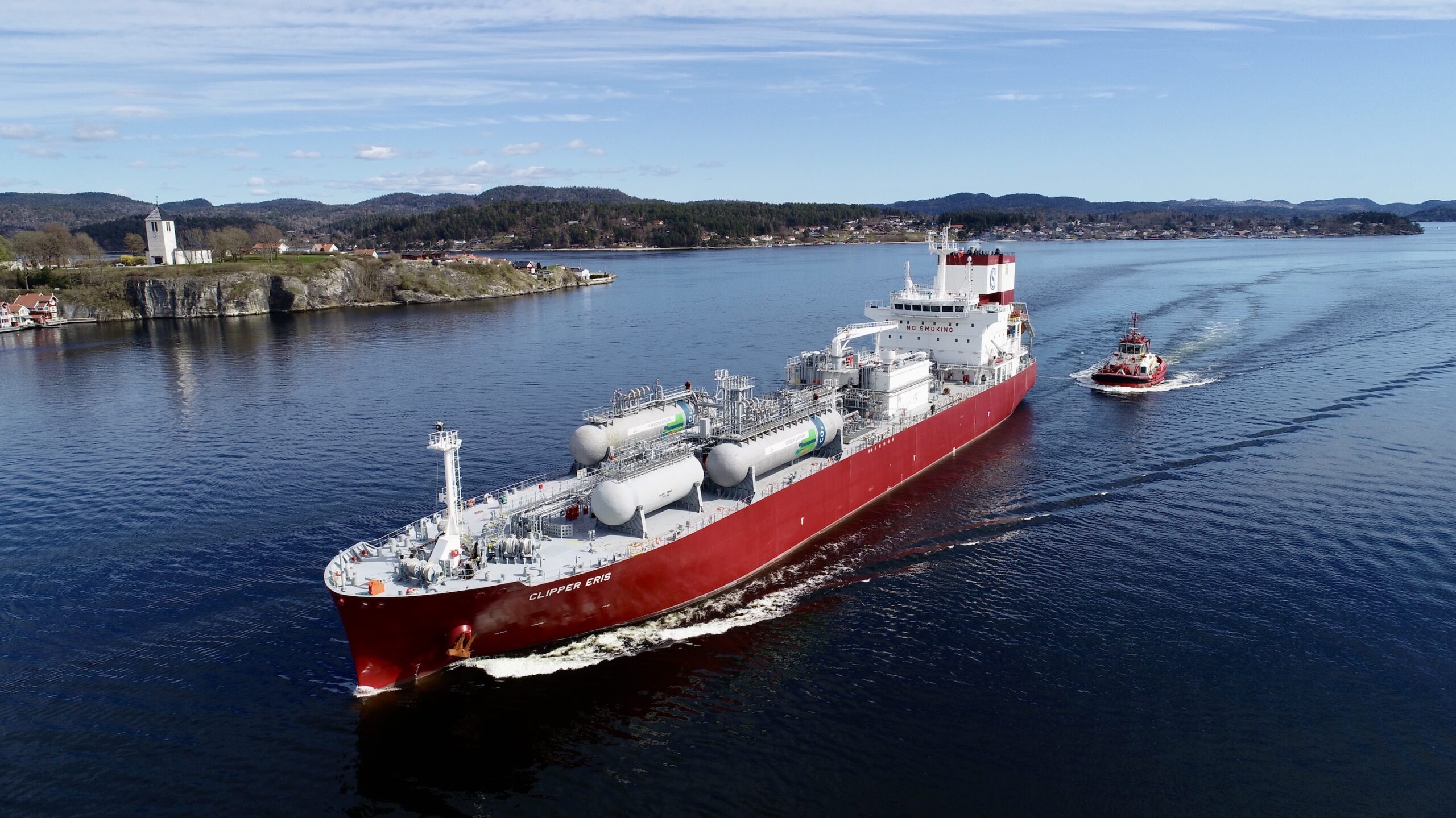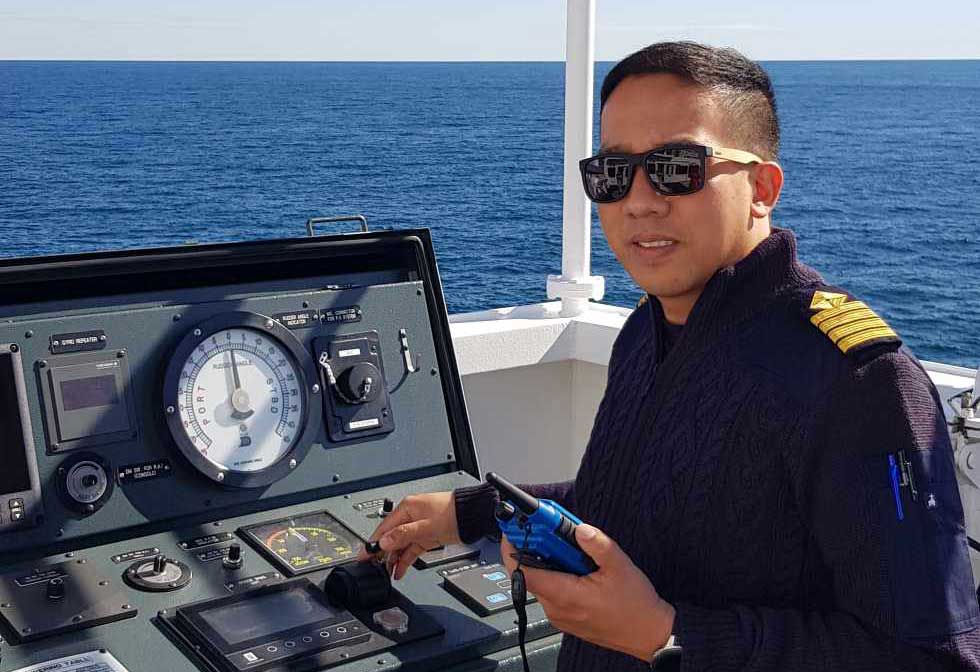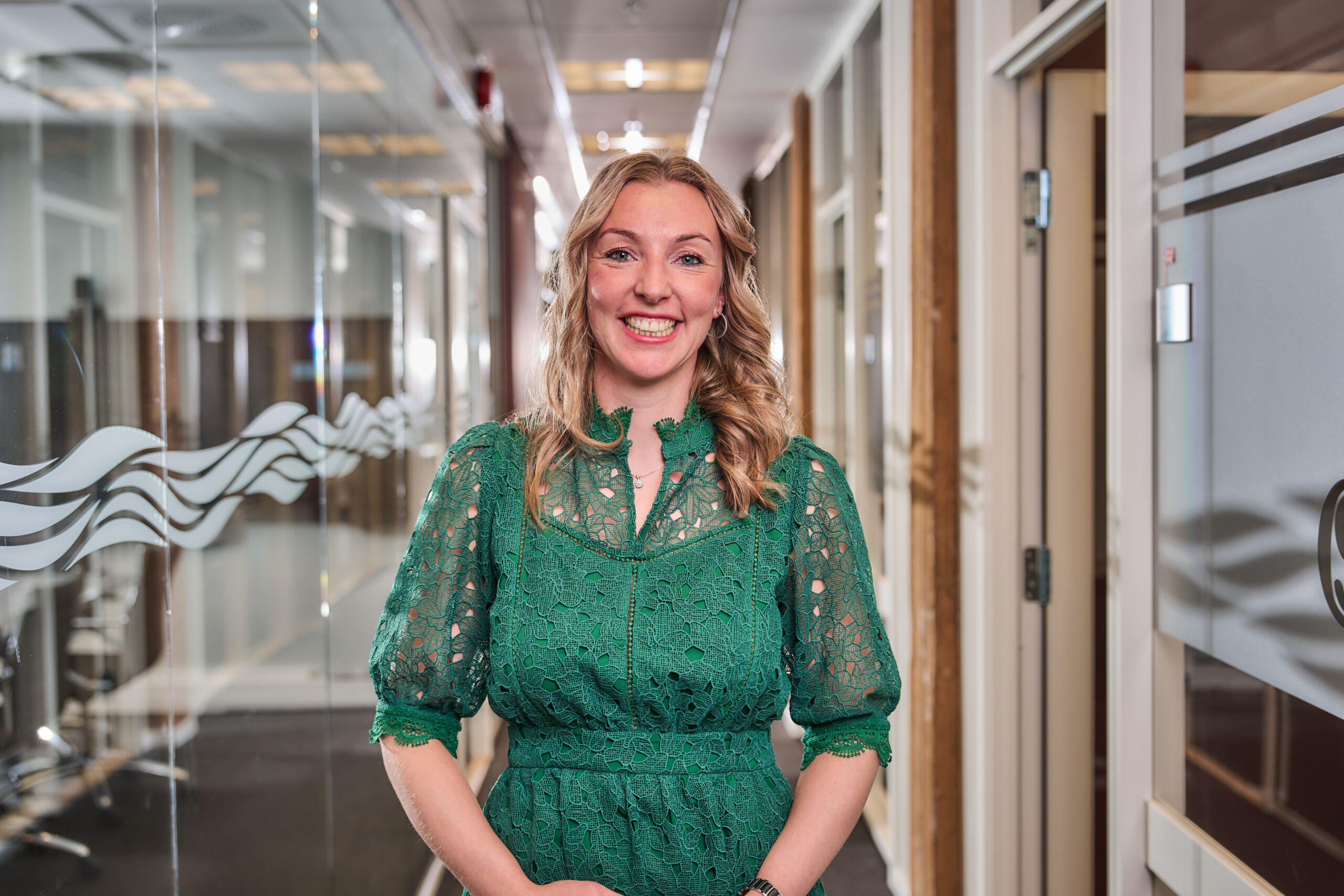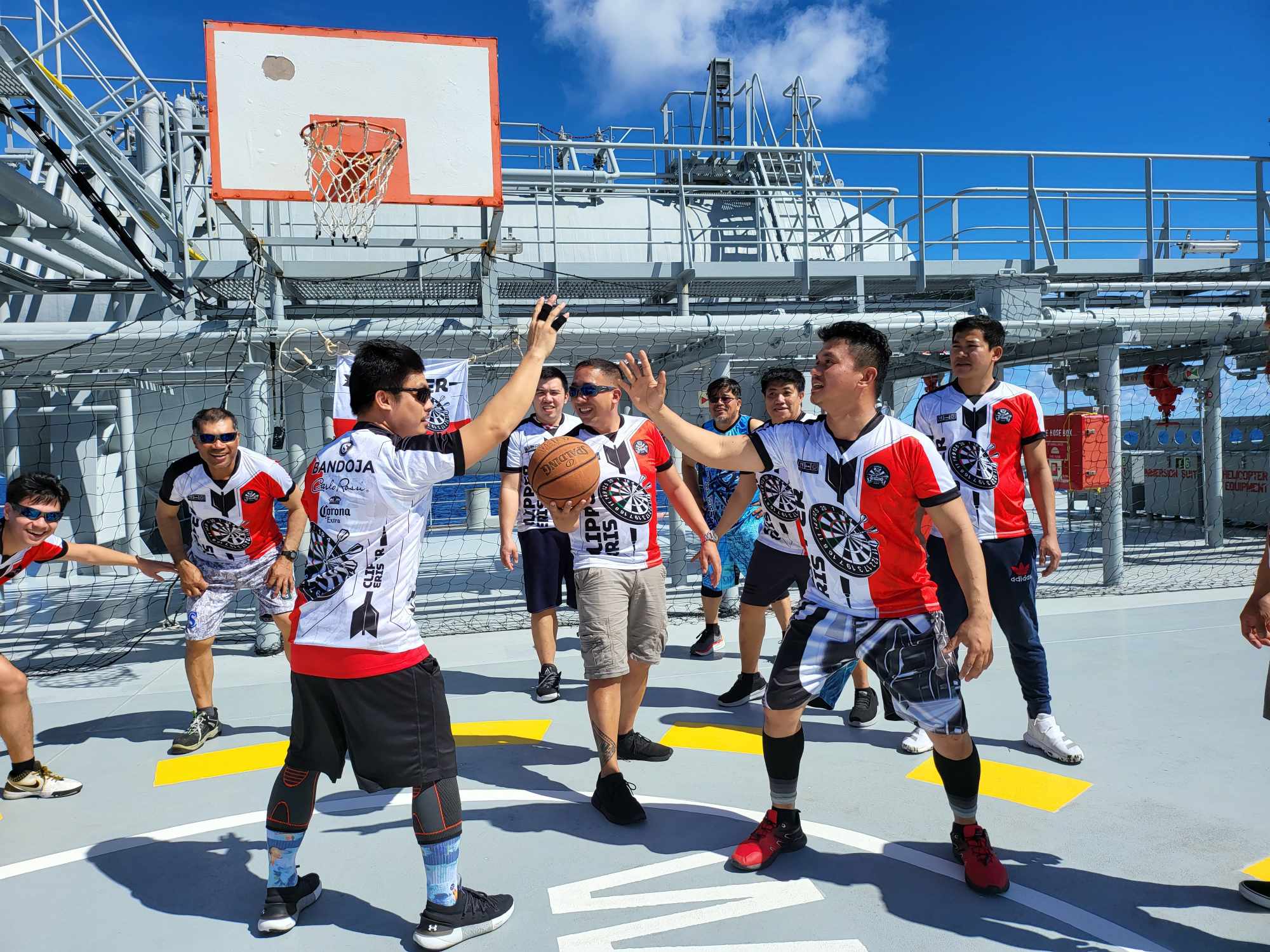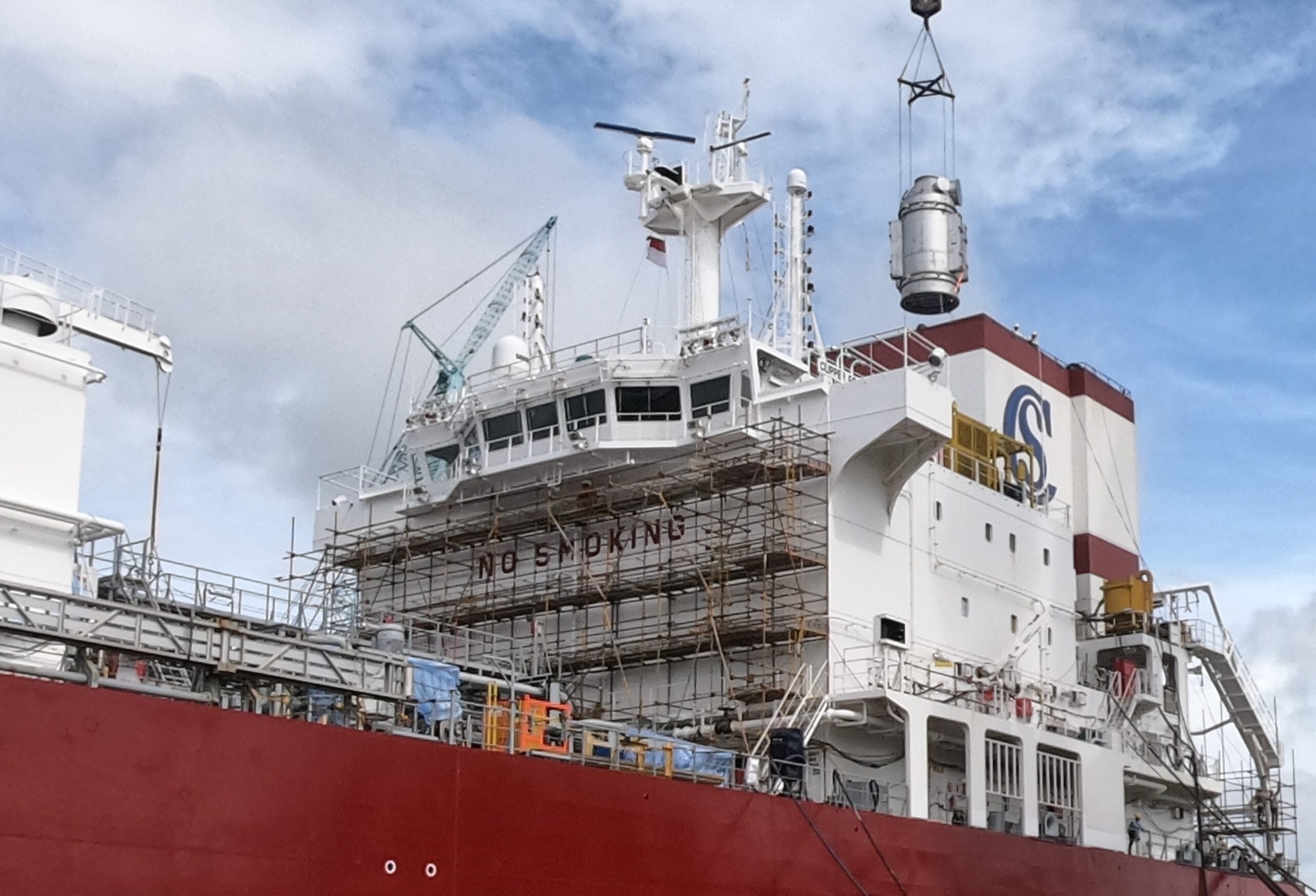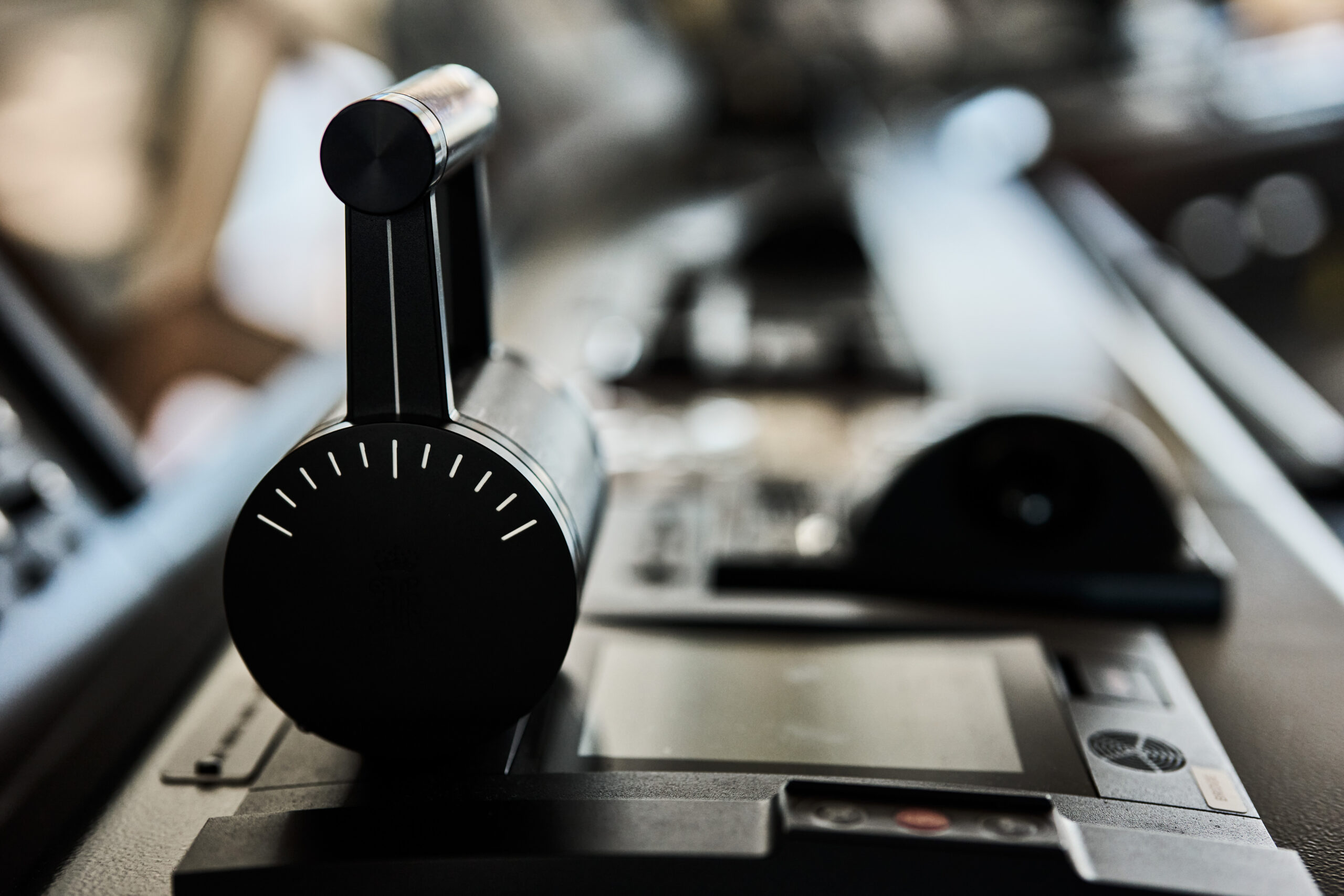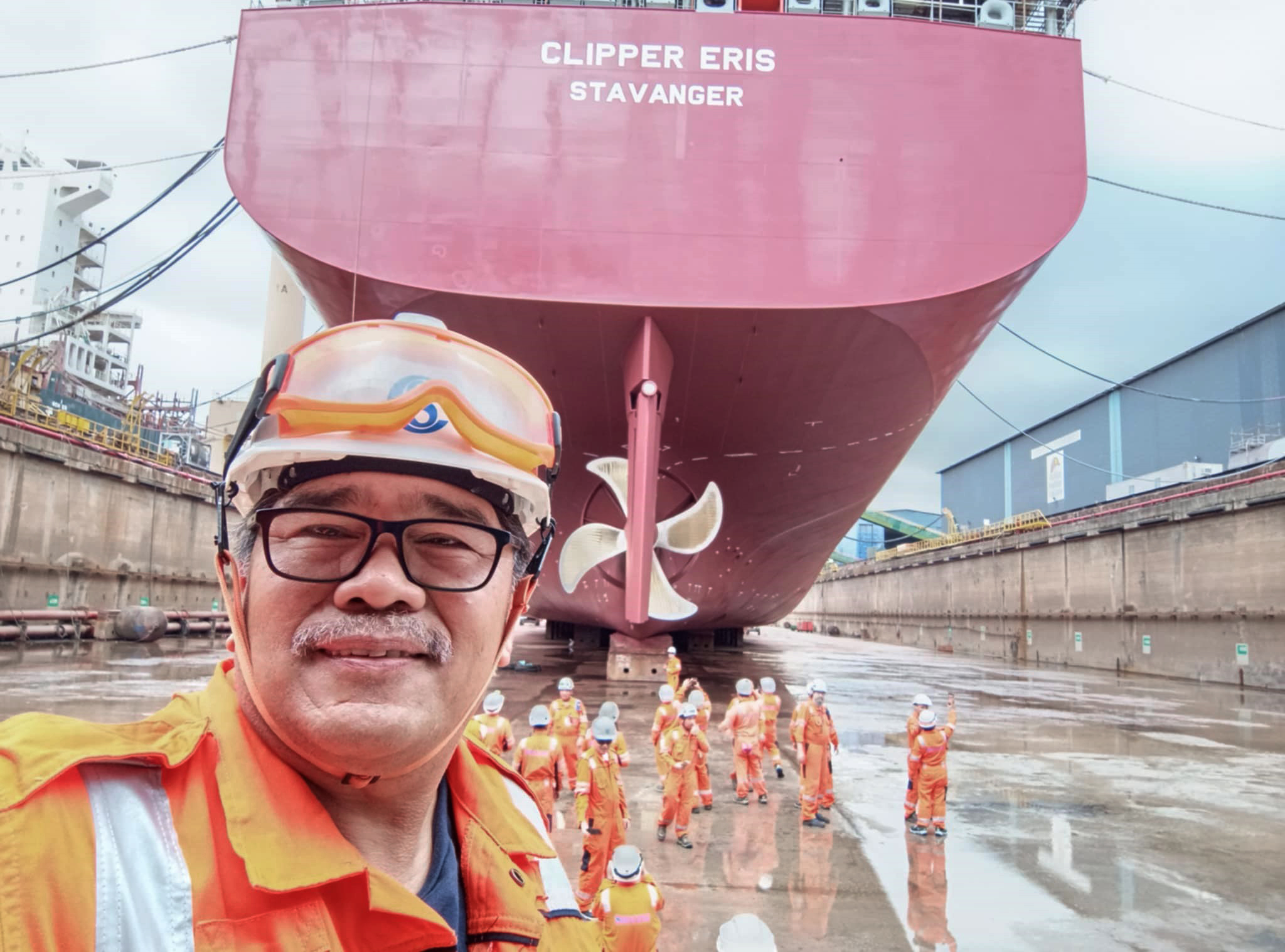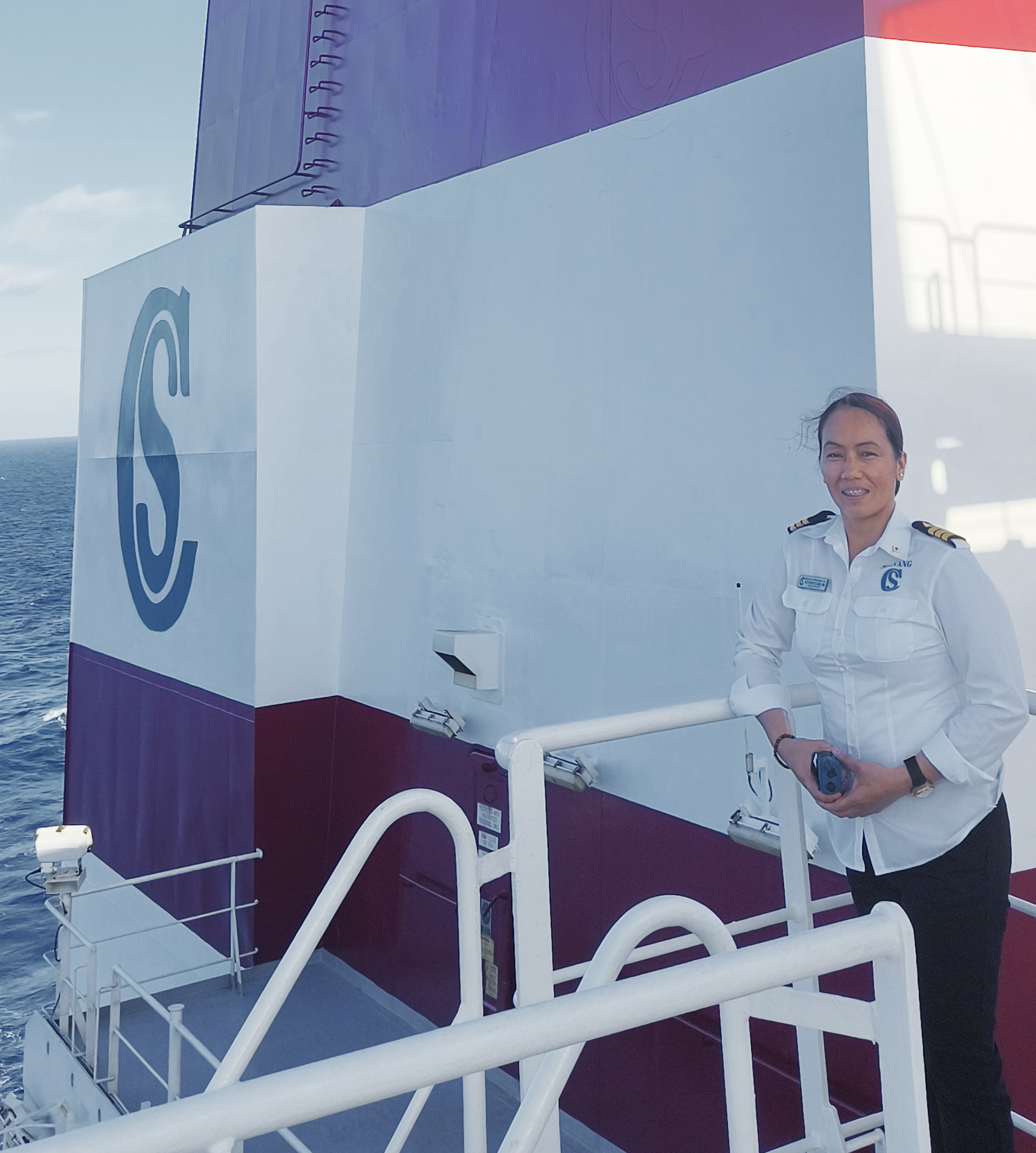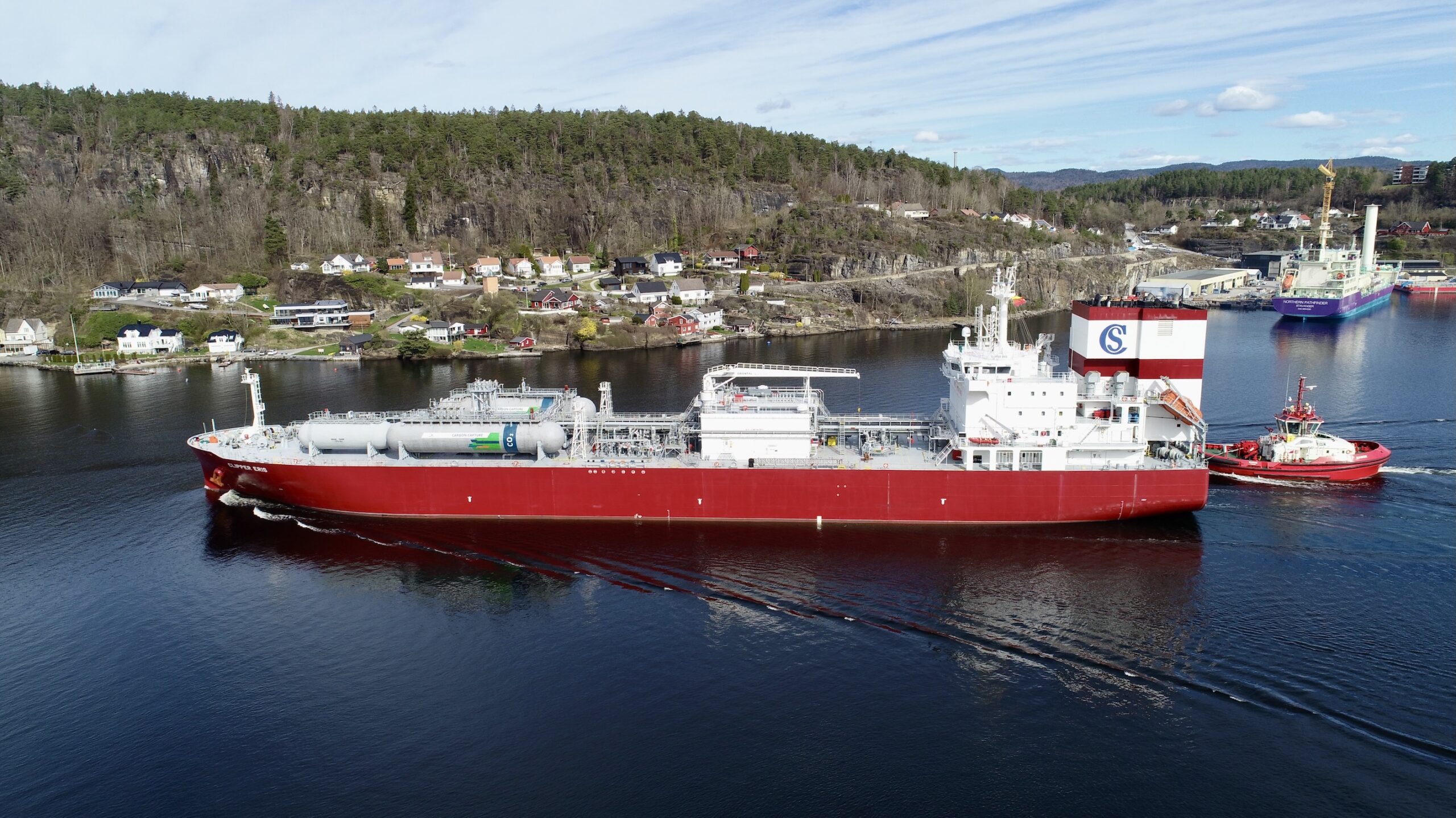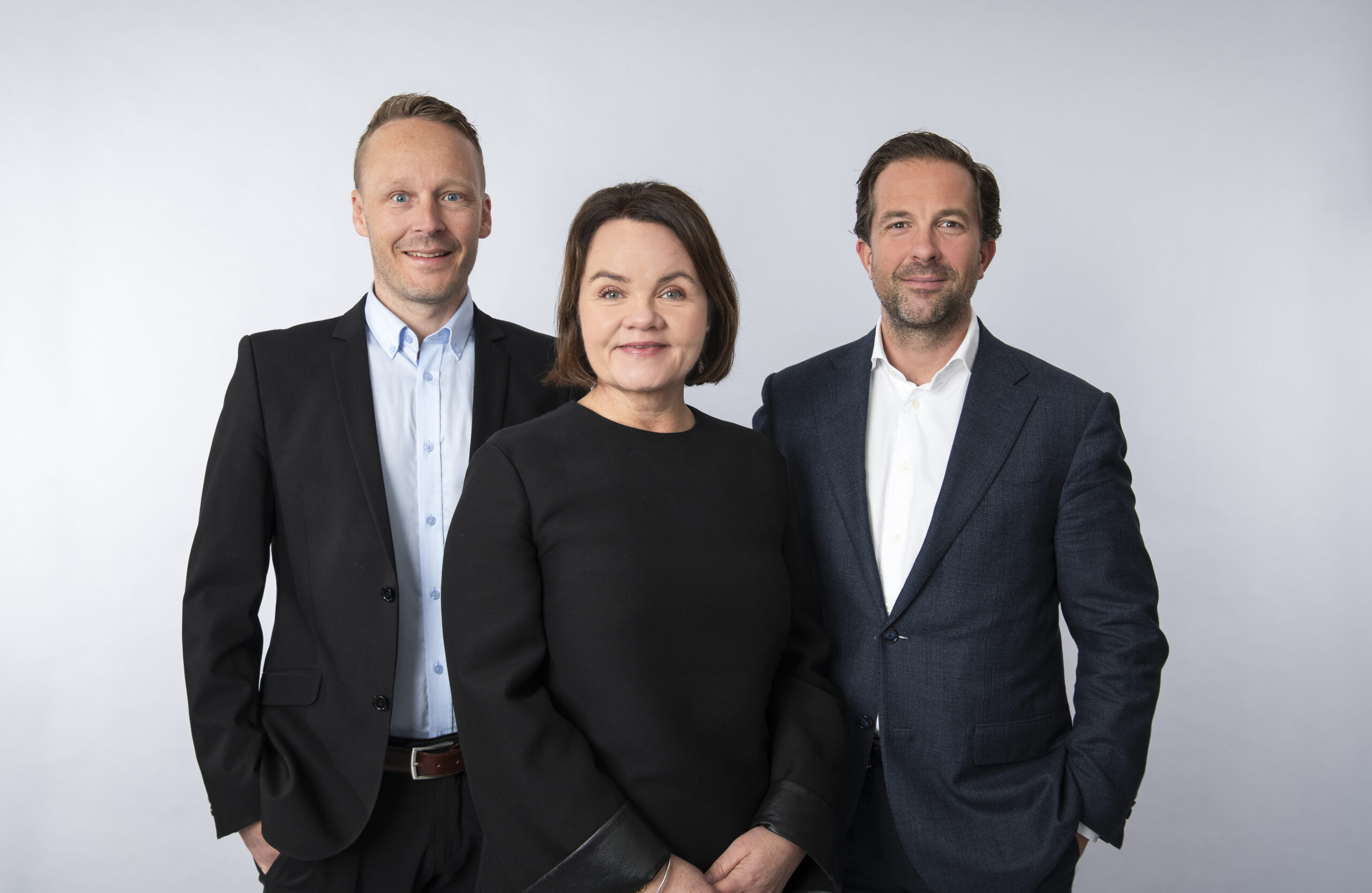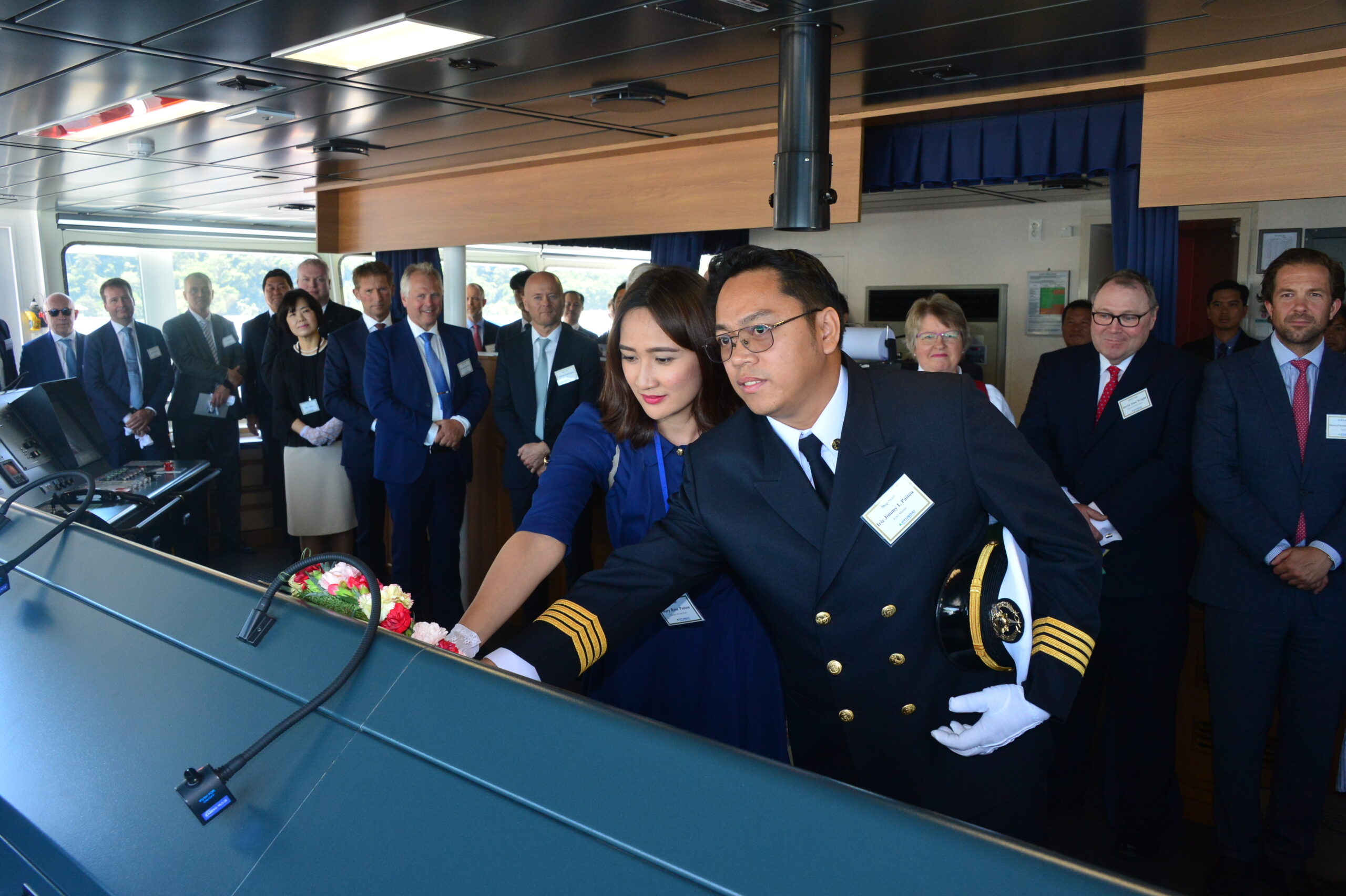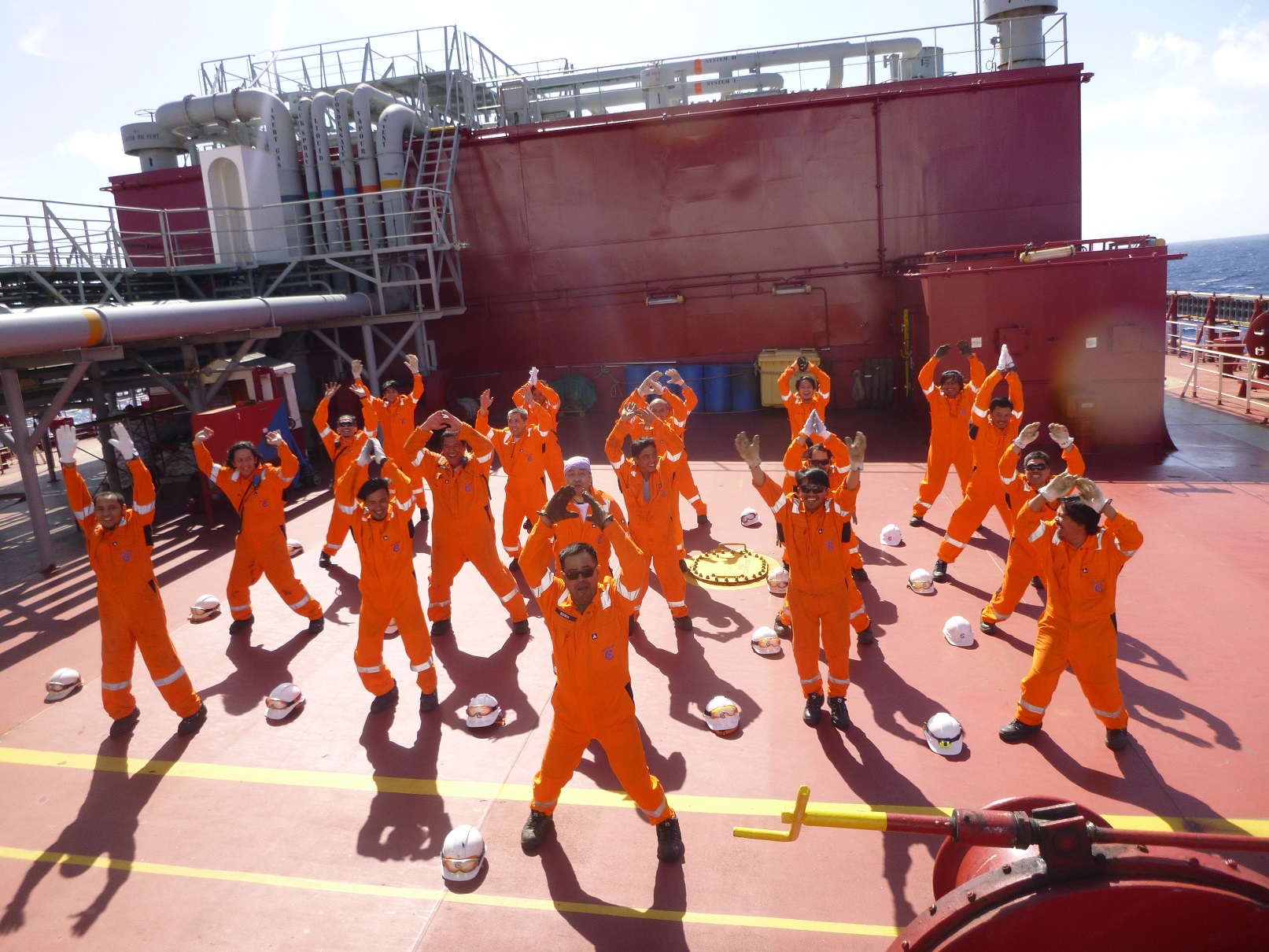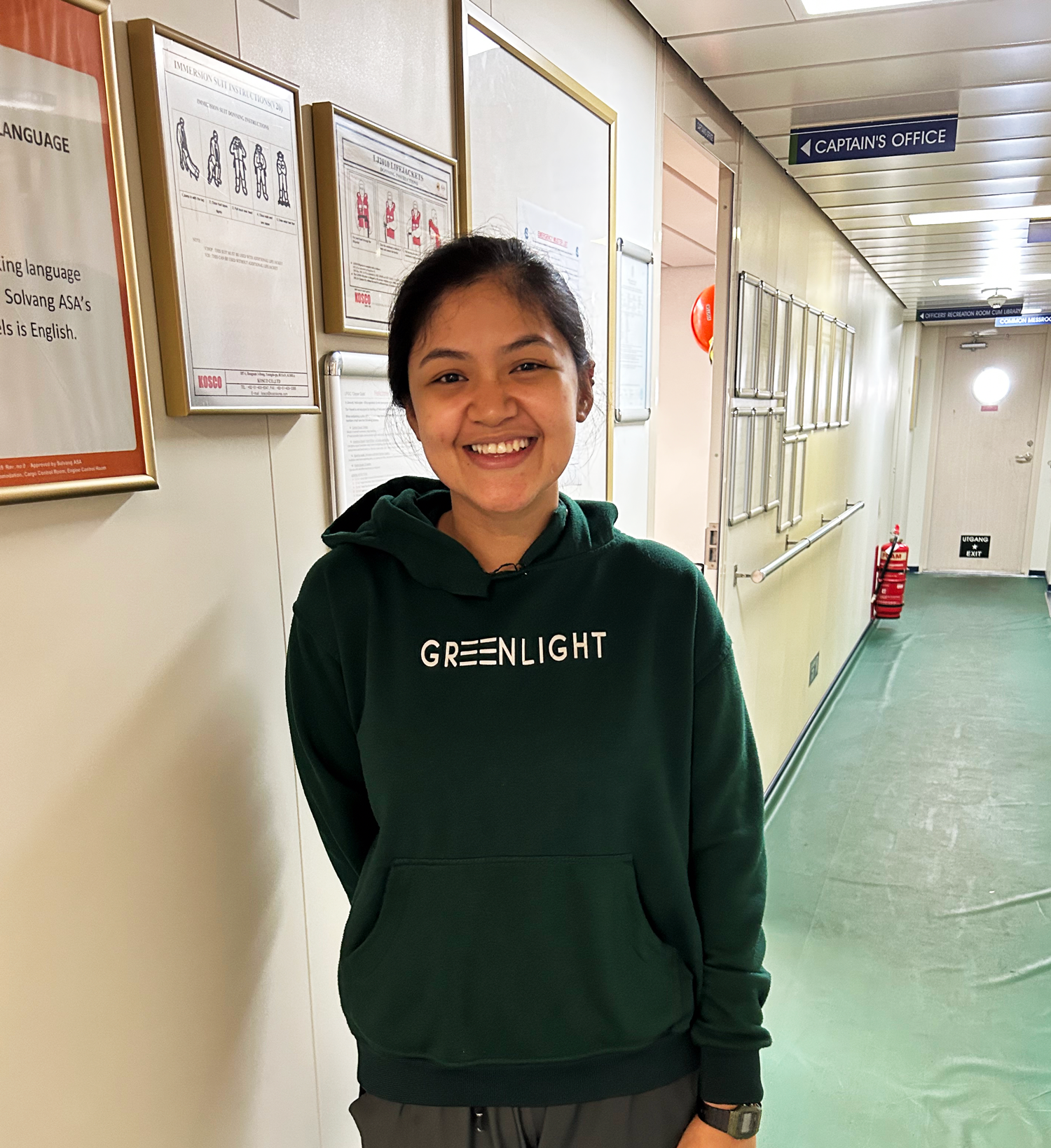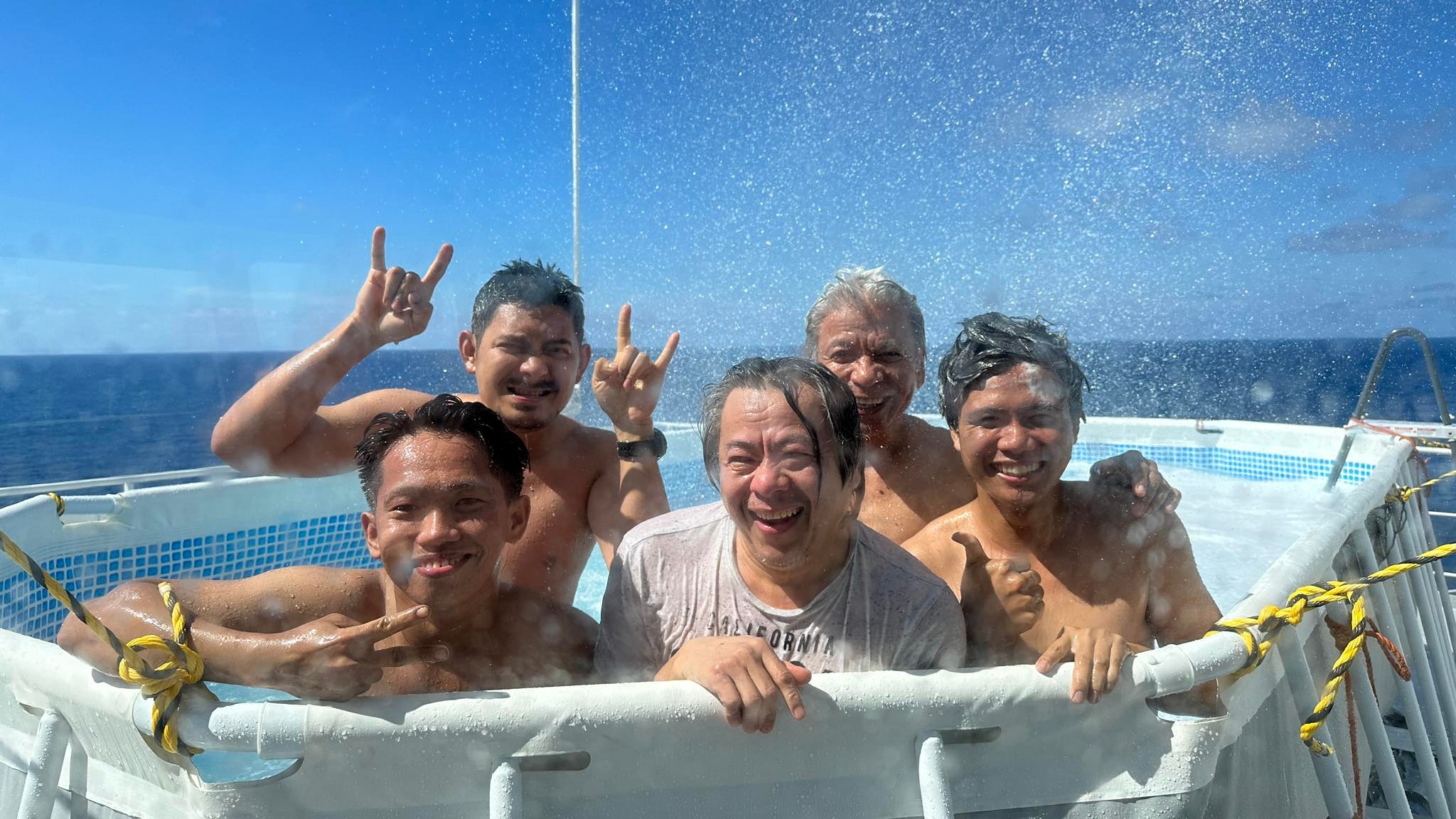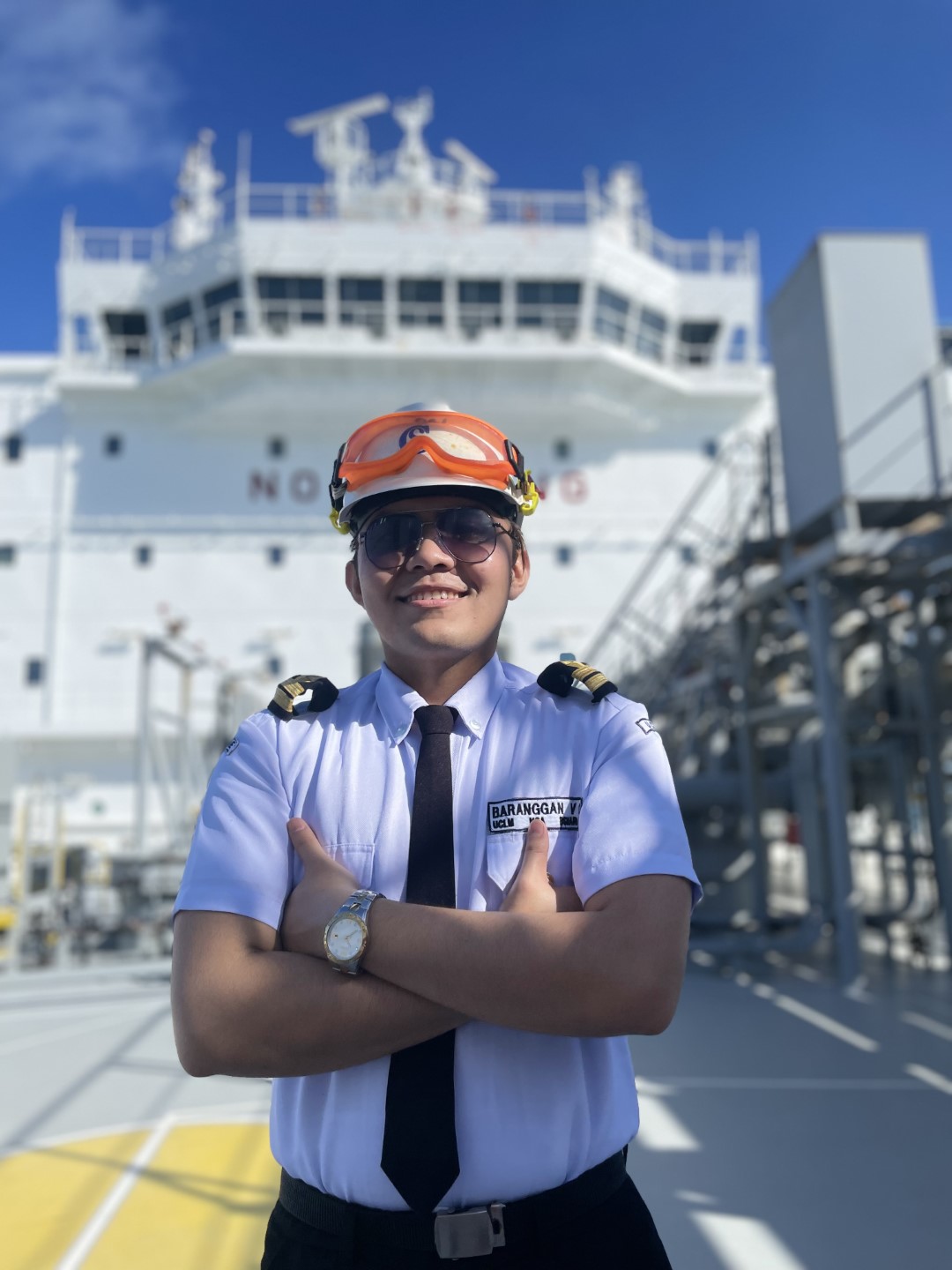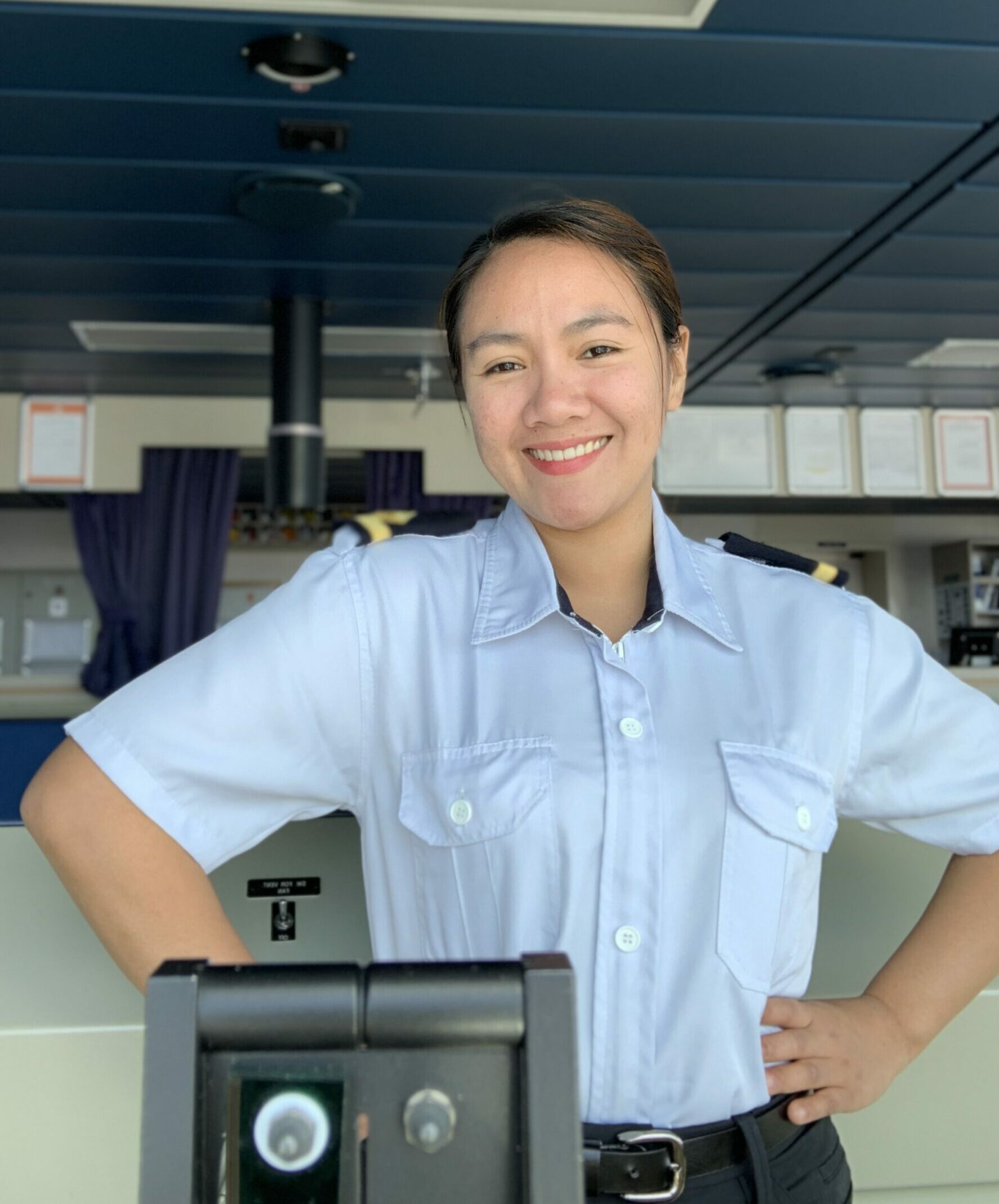SIRE 2.0 vetting: It’s all about our people
The first year of dynamic vessel inspections has demonstrated SIRE 2.0 as a game changer in building quality based on mutual trust between Solvang and the energy majors.

«Nobody hides the fact that we still have a way to go, onboard the vessels as well as onshore. But this is exactly the great advantage of SIRE 2.0: We get transparent about our improvement potentials and discover the opportunities to develop further», says Capt. Knut Vespestad, Vetting & Compliance Manager and Sr. Superintendent at Solvang.
OCIMF encourages operators to shift focus away from the number of observations and instead consider the overall assessment of the vessel and its crew. While Solvang supports this approach, we recognize the continued importance of performance measurement. With our participation in Intertanko, we have developed a benchmarking tool aimed at driving continuous improvement under the SIRE 2.0 regime.
«Our internal event handling is being aligned with the oil companies’ method and narrative as described in SIRE 2.0 or TMSA. As operators, we are being empowered to evaluate our own performance and identify areas of improvement. Our reply to observations will raise or lower the risk», the captain summarizes.
New framework
SIRE 2.0 is the new framework for ship vetting managed by OCIMF, the Oil Companies International Marine Forum. SIRE 2.0 has replaced a previous paper checklist with a Compiled Vessel Inspection Questionnaire (CVIQ) - hooked up to the cloud from a tablet. During the inspection, the inspector raises observations live on site towards hardware, processes or humans involved.
«The opportunity to add quality information in the form of explanations given from professionals to the inspector was not part of the old system. It adds a dynamic to SIRE 2.0 which builds trust between Solvang and the oil companies using the vetting institute», Mr. Vespestad asserts.
«As expected»
SIRE 2.0 inspection applies a series of levels where the operator can be more or less in compliance with the extensive CVIQ regulations for the vessel. The inspector will judge «As expected» or «Exceeding expectations» when an inspection point is in due order, or he can write «Largely as expected» for a follow-up at a later inspection.
If the observation falls into the category of «Not as expected», it clearly indicates where the vessel operator should shift his focus.
«SIRE 2.0 is a game changer both for SIRE Submitting companies and inspectors, and for the vessel operators, and 2024 was a year of learning how to understand the new regime», Mr. Vespestad comments.
Solvang considers SIRE 2.0 as a comprehensive and robust inspection system, well aligned with the objectives of mutual trust between operator, crew, inspectors and clients.
«There is an increased focus on significant risks, and a recognition of the human element in comprehending and addressing safety on a ship”, Capt. Vespestad asserts.
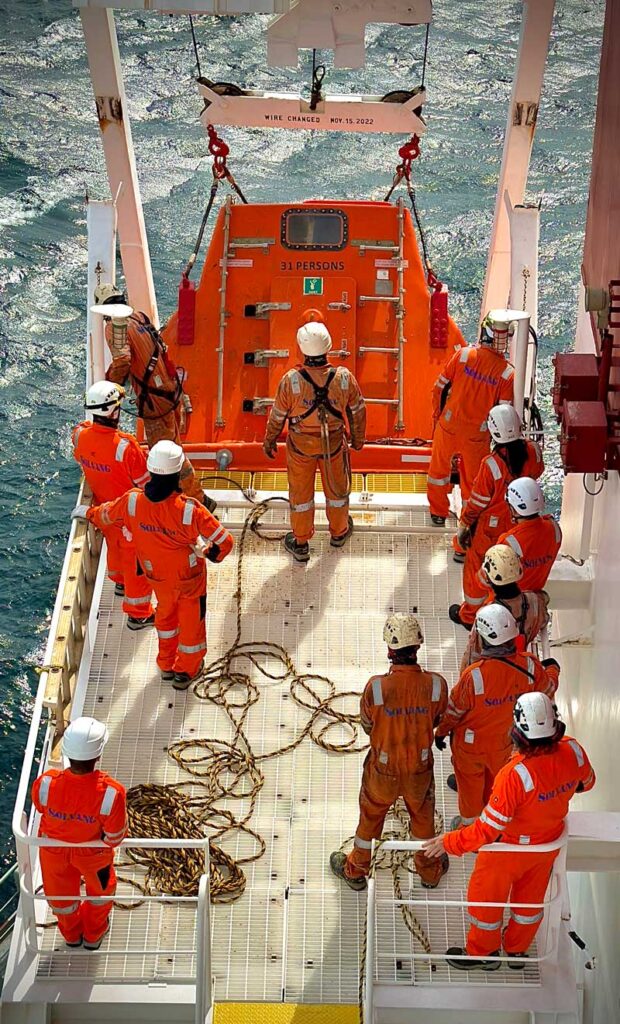
Expanding regulations
Observations and certificates, photographs and other inspection material is being stored online at the OCIMF website, for access and collaboration by the parties.
The inspection starts in the office where the Compiled Vessel Inspection Questionnaire (CVIQ) forms the basis of the onboard inspection. Transparency is high, and the risk of duplicate controls is lower.
According to Capt. Vespestad, the development points in a clear direction.
«Across our entire organization the element of trust and individual ownership is increasing. SIRE 2.0 is fundamentally about people. The period where inspections instilled anxiety in people, that time has ended.»
